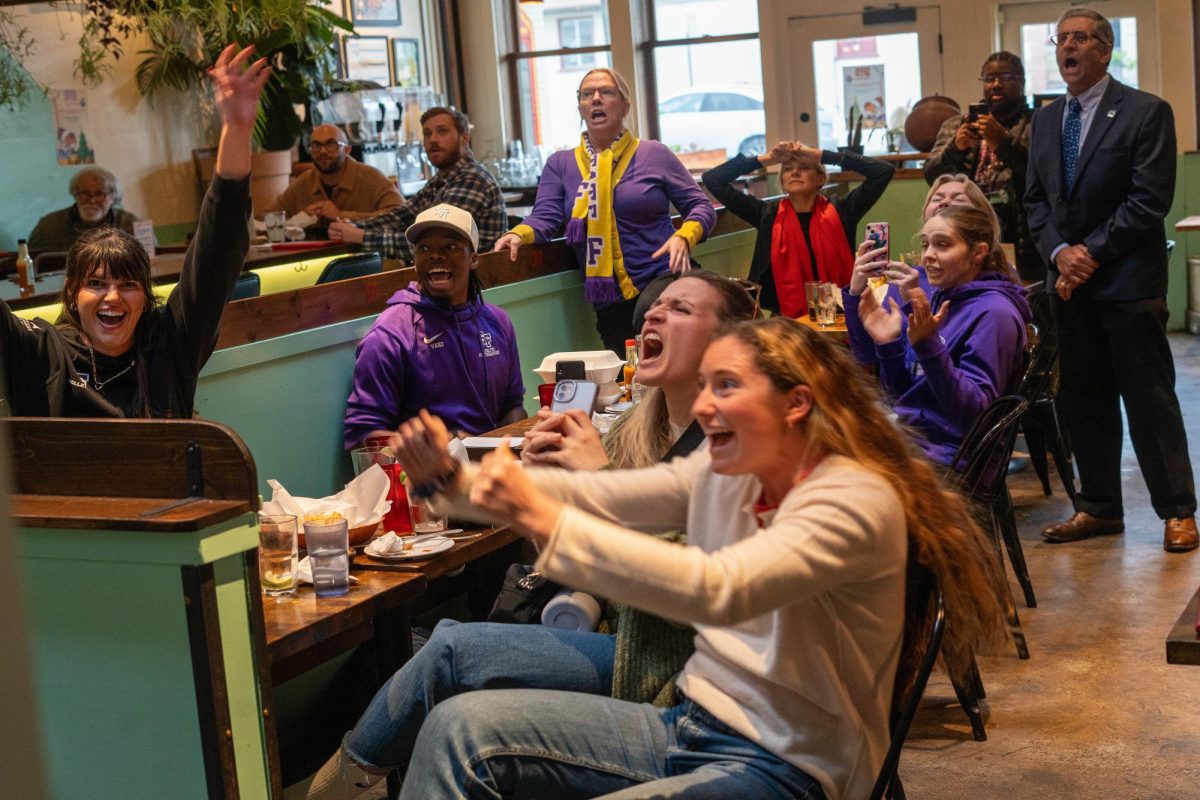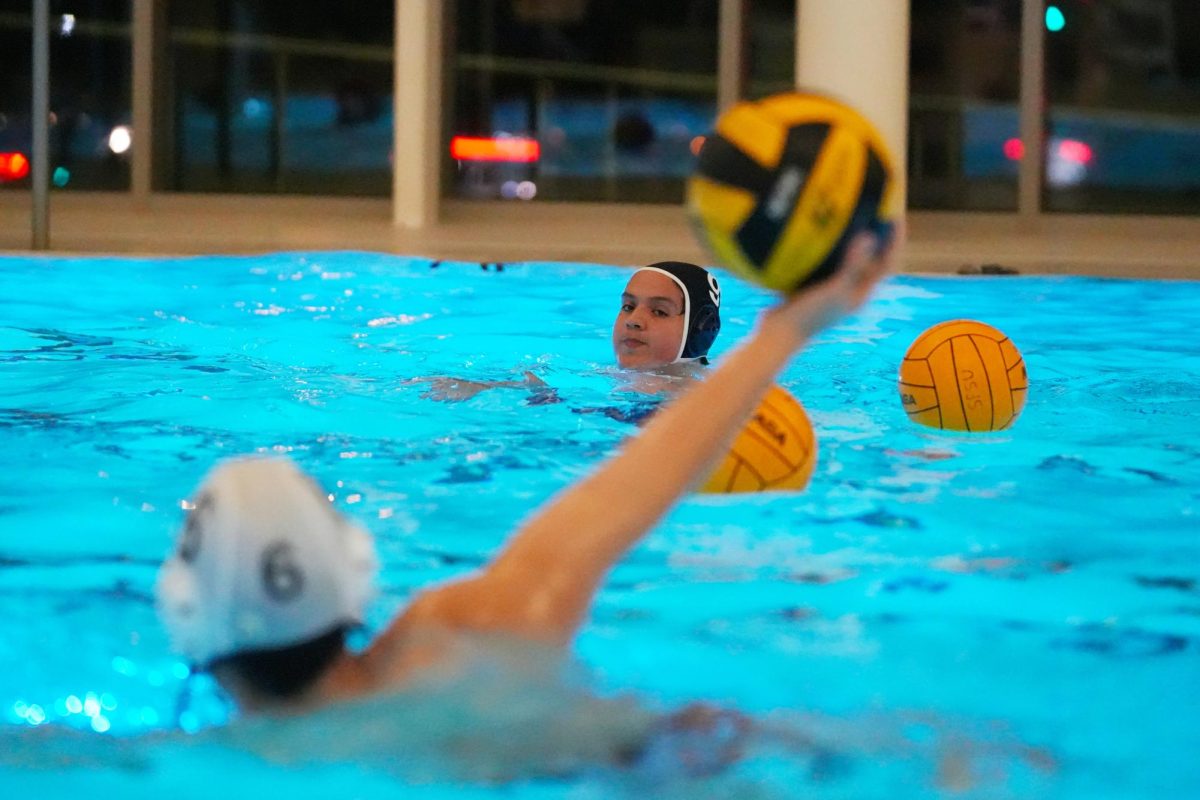Samba dancing and club hopping are not traditional ways to raise money for sports clubs. But when it comes to success, club sports rely on these fundraising opportunities as a way to earn money and keep their club afloat.
In the effort to gain the designated money decided through the newly-structured point system, clubs strive to gain membership or participate in their sports.
In Spring 2011, intramural and club sports coordinator Ryan Fetzer and the sports club council drastically altered the minimum standards for clubs and how they can earn money to ensure all clubs have the opportunity to be funded equally.
“As a departmental program, we have to be consistent and fair to all of the clubs,” Fetzer said. “We can’t give more money to one club versus another just because we like them.”
The new point system set the minimum standards for creating a sports club and earning through the sports club fund.
In the past, Sports clubs did not know what was expected and how to earn points and money through the old point system, Fetzer said. Now the Campus Recreation Department’s has clarified in their Sport Clubs Handbook the various ways a club can earn points.
The number of active members, attending meetings, and hosting events are only a few ways clubs can earn points. Once a club earns 120 points, they are considered in good standing and are eligible to vote at club council meetings and apply for allocation.
Clubs that are in good standing are eligible to have two practices per week in the gymnasium and apply for “special allocation.” Special allocation is a type of funding clubs can apply for. If a club is new to the sports club program and not eligible to apply for annual allocation they can apply for special allocation, which caps out at $250.
“There is only a certain amount of resources that we have available,” Fetzer said. “And there are several different clubs that are buying for the same resources.”
The allocated funds can help a club pay for equipment, tournaments, officials and other items that are necessary for sports clubs to function. The Capoeira Club needs more money so they can buy more instruments, mats and fund events, said Capoeira President Amanda Deda, 19.
“It makes it better so we can get more things that we can’t really afford,” Deda said. “We just have the tambourines and there are more instruments involved.”
Clubs that do not meet these minimum requirements have one year to reach at least 120 points or they will be cut from the sports club program. Though no club has ever been cut from the program, they have been put on “probation,” Fetzer said. Club sports on probation cannot request allocation or vote during sports club council meetings. Though new clubs are considered to be on a probationary status, they are exempt from these standards for a year in order to establish themselves.
“There are several clubs that will probably be on probation in the fall,” he said. “But that’s part of the learning process.”
The more points a club earns the more money a club can get from the sports club program. A club that earns 140 points or more qualifies for annual allocation and is allowed a maximum of three practices in the gymnasium.
The application for annual allocation is due April 16. If a club’s application is accepted they have the ability to request money for any item or expense club related. But not all financial support for club sports come in the form of an allocation.
“We throw fundraisers at clubs and bars,” Deda said. “And [we] give Brazilian music CDs and throw Brazilian parties with a lot of Samba.”
Fundraisers are one way clubs can earn both points and money. This Saturday, SF State hosted an open house for students admitted into the Fall 2012 semester. It was an opportunity for clubs to set up tables and present their club to onlookers as a way to gain interest and possible future membership.
Though the open house is an event that some sports clubs would have already participated in, the point system has driven incentive for sports clubs to do more to reach out to the community. The Kempo Karate club is already at 111 points, but continues to do more work in the community so they can make the 140-point minimum for the annual allocation.
“We’re technically done,” said Kempo Karate President Cristian Saucedo, 20. “But we’d like to reach 140 so we’re going to do some community service in the next two weeks. If it wasn’t for the points we may never have done that.”






